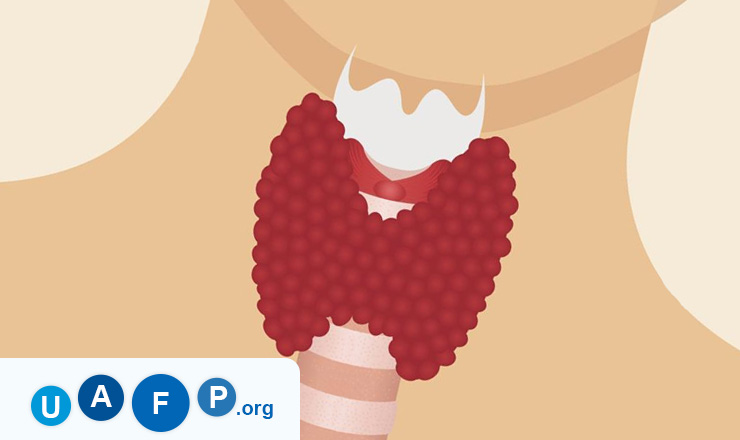Discovery Of Thyroid Cancer Gene
Our body contains a gland called the thyroid gland. It is shaped like a butterfly and a well-known gland and produces the thyroid hormone. It is situated in the front of the neck. The thyroid hormone helps in regulating the body`s metabolism. When the abnormal cells begin to grow in the thyroid gland it is called the Thyroid cancer. The cancer is quite uncommon and in most cases, people who have this cancer are detected in the early stages. The treatment works well in the majority of the cases and most of the patients are cured. There are chances that cancer may come back even after many years post the treatment. As of yet, the experts are not sure what causes the thyroid cancer. It is believed that like other cancers, the change in the DNA structure of our body cells plays an important role in causing this cancer.

In a recent study, the scientists were able to identify a new gene which is associated with Cowden syndrome. It is an inherited condition in which the person carries a high risk of thyroid, breast and other similar cancers and even subsets of non-inherited thyroid cancer.
This is the most common cancer of the glands and is one of the fastest rising cancer in both the sexes. The new gene is also known as SEC23B and was discovered by Charis Eng. This gene encodes the protein which is involved in the transportation of all the protein within the cells.
The team started working on this gene almost 3 years back and examined a family with multiple generations. This family reported early onset of thyroid cancer. It was found that all the affected members of the family had inherited this gene, however the same was not found in the unaffected family members. This gene was discovered as early as in the year 2009. At that time this gene was associated with a very rare type of anemia and there was no report of it causing the thyroid cancer.
The team found that the normal thyroid cells which mutated with SEC23B grew faster compared to any other cells. Also, these mutated cells not only grew much faster, but they also invaded aggressively, made larger colonies and were able to survive in even the most stressful microenvironment. These are all the pointers of cancer and onset of cancer. The data collected by the team not only identified the gene but it also showed that the stress responses of the cells can be used by the cancerous cells for their survival and growth. In further analysis, it was found that the mutation is present in nearly three percent of unrelated Cowden condition patients and nearly four percent of the patients suffering from non-syndromic thyroid cancer. In almost fifty percent of the patients suffering from Cowden syndrome, the tests for genetic mutations resulted negative for all types of known mutations. This means that the syndrome still needs a lot more diagnosis and ways to recognize the condition in the patients. The discovery of this gene will help in predictive genetic testing, genetic counseling and risk assessment of this disease.




